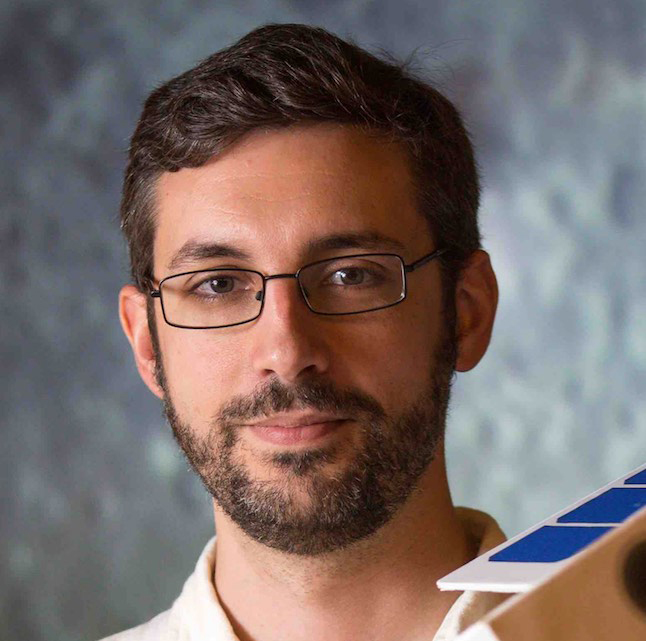Back in July 2021, my wife and two kids dropped me off at work so I could pick up the LunaH-Map orbiter, pack it up into a case, board a plane and deliver it to NASA’s Kennedy Space Center to be loaded onto the Space Launch System (SLS) rocket.
LunaH-Map (Lunar Polar Hydrogen Mapper) is about the size of a large breakfast cereal box. It is a lunar orbiter that will be launched on the same rocket as the Artemis mission and will make maps of the water-ice across the Moon’s south pole.
LunaH-Map is unique. It has a body made primarily of a light aluminium alloy, with lots of holes to reduce its mass.
While its eyes are made of neutron sensitive crystals that burst with colour in the presence of a neutron or gamma ray, its solar panels absorb all the sunlight that touches them in order to create power.
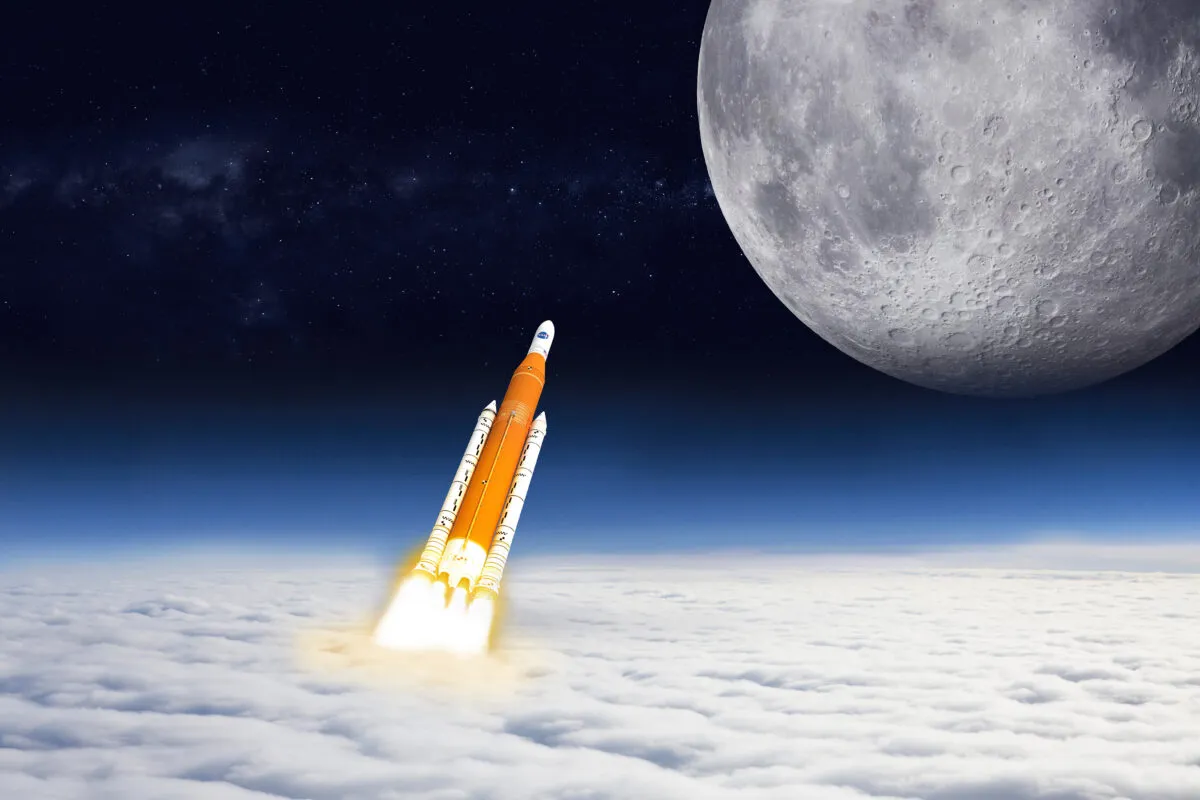
LunaH-Map communicates using a deep-space radio transceiver and gets around using heated iodine molecules, accelerated out from its back.
It’s not healthy to anthropomorphise a spacecraft too much, but LunaH-Map is almost the same size and weight as my real kids, so it’s hard not to make a comparison!
I felt like a proud dad when I took off the last ‘remove-before-flight’ plug and placed it into the SLS a year ago.
How the LunaH-Map mission came to be
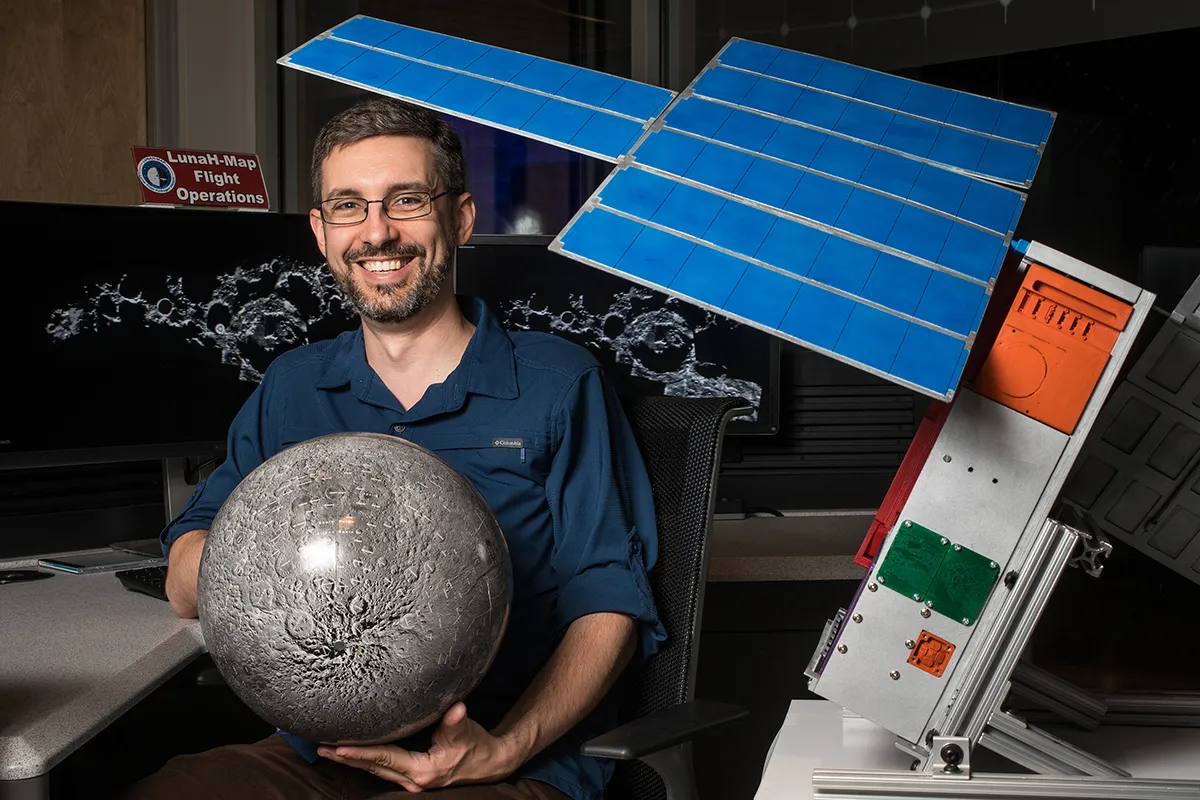
The story of LunaH begins back in 2014, when I put in the proposal. I was four years out of my PhD and wondering why my career hadn’t taken off.
After several attempts at getting funding that went nowhere, I gave it one last-ditch effort – a complete planetary mission proposal from start to end.
The mission became LunaH-Map and to almost everyone’s surprise, it was selected by NASA for their Small Innovative Missions for Planetary Exploration programme.
In the moments after I found this out I was both elated and terrified.
The mission had just a small per cent of a usual planetary budget, raising a host of questions about how we would pull it off.
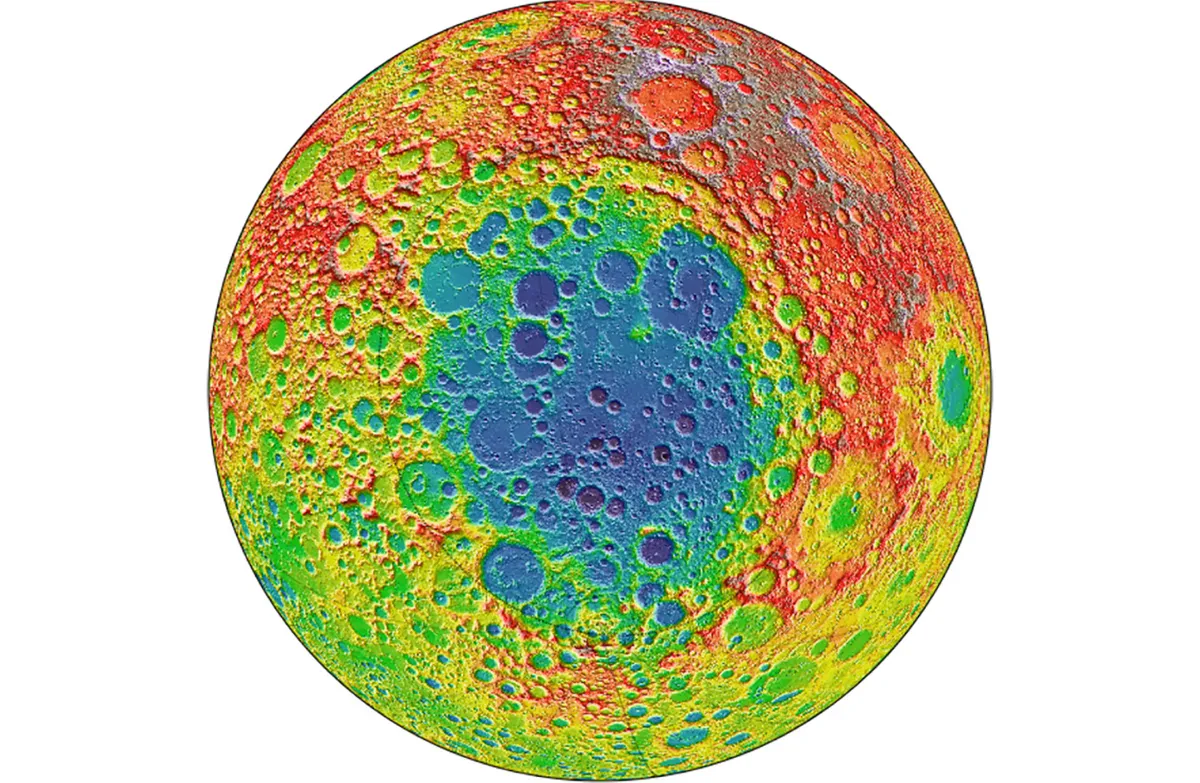
I would love to say that I had answers to those questions, but in hindsight, I think it takes someone with less experience and a willingness to learn to drive missions forward in these scenarios.
All the technologies that enable LunaH-Map’s scientific measurements were developed over the past seven years, and the spacecraft was assembled in the clean rooms at Arizona State University in early 2021.
As LunaH-Map was a small mission with a small team, I’ve had to spend time handling not only the scientific aspects of the mission, but management, system engineering, navigation, operations, sub-contractor relationships and licensing – the list goes on.
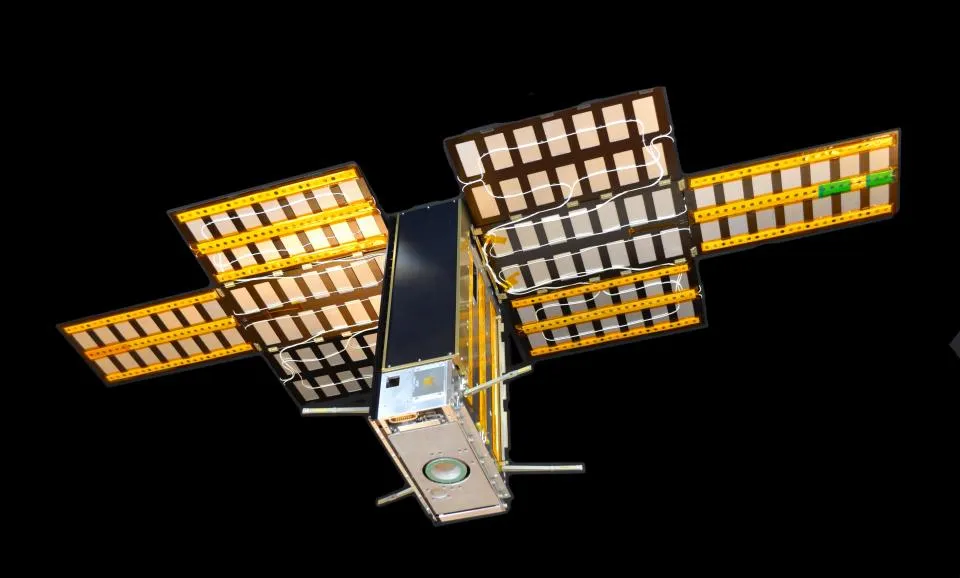
In some ways a new mission like this needed someone a bit naïve, and I’m happy to be the guinea pig for NASA as we figure out together how to make these very small, high-risk, high-reward missions a reality in the future.
All that said, I think we did a great job with the resources we had. The spacecraft we delivered to NASA is in great shape and is capable of completing its scientific mission at the Moon.
I could not be happier because, in a few short months, the LunaH-Map orbiter – strapped to a 5.75 million pound rocket capable of 8.8 million pounds of thrust – will be launched to the Moon, accelerating from Earth at over 4G.
This article originally appeared in the June 2022 issue of BBC Sky at Night Magazine.
